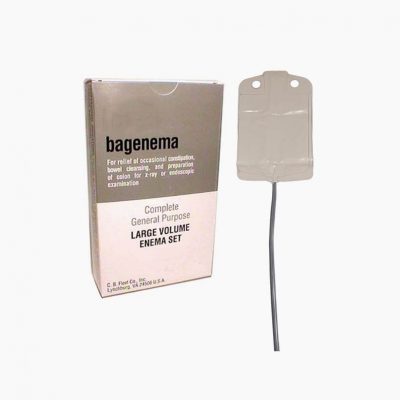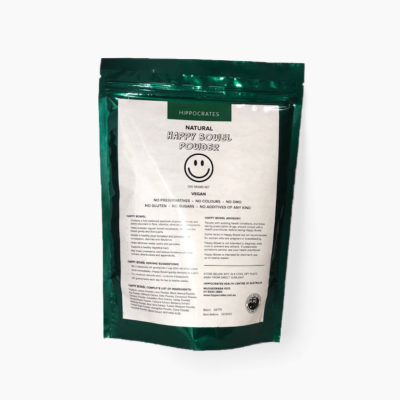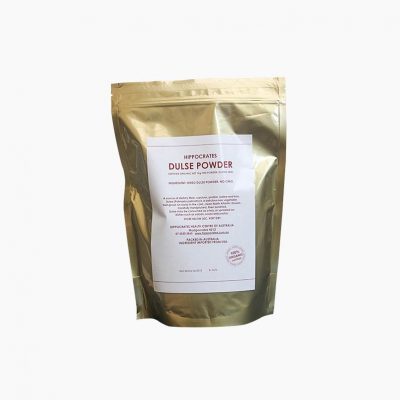
Do We Have A Free Market Medical System?
No!
Then what do we have? I think the most apt description would be crony capitalist medicine, one in which powerful special interests conspire with government officials to create legally mandated monopolies, with the specific goal of thwarting free market competition.
Here is how it actually works:
01 Most people wonder why there are no visible prices in medicine. You only find out what the charge has been after the service has been delivered. There actually are prices, controlled prices, but you aren’t supposed to know what they are. Each year a committee of the American Medical Association recommends a set of prices to Medicare. The committee is dominated by medical specialists, so specialists tend to do particularly well. Medicare is actually run, not by government, but by private insurance companies, and these companies adopt these prices for private insurance purposes as well.
The USA Congress further sweetened this price controlled system for hospitals by requiring Medicare to pay more for the same service if provided by hospital employees. This has inevitably led to local hospitals buying out most of the surrounding private medical practices, which has in turn created local medical service monopolies that feed patients to the hospital for its more costly services.
02 These monopolies are further sweetened for doctors by legally barring nurses, chiropractors, four year trained naturopathic doctors, and other health professionals from using the full extent of their medical training. In this way, the supply of medical services is constrained, which further raises prices.
01 Notwithstanding all the preceding, it is not the American Medical Association, which is itself financed by a monopoly in medical coding granted by the US government department of Health and Human Services, nor the hospitals, nor the medical doctors as a group that actually run the medical system. The top spot is reserved for the drug companies, which in turn share their largesse with the AMA, doctors, medical journals, media companies, and especially with politicians. In return, drug companies are granted a series of powerful monopolies, monopolies that are drive up the cost of medicine and, given the employer role in USA healthcare, destroy jobs, raises, and economic opportunity as well.
First, drug companies claim a legal monopoly when they patent a drug. The drug research may have been done by the government or by a university using government money, but it doesn’t matter. The grant of monopoly stands.
Then the drug company takes the patented medication through the FDA approval process ( average cost of $3 billion over what can easily be a decade). Drug companies do not object to this ordeal, because the stiff price both eliminates any competition from unpatentable treatments and also flows into the salaries of FDA employees, who consequently tend to take a friendly view of drug companies and zealously guard the legal exclusivity of their products.
FDA enforcement includes armed raids and threats of a lifetime in jail for any producer who makes medical claims without permission. Even cherry and walnut growers have been threatened. The agency takes the position that for producers to make health claims for these heavily researched and very healthy “superfoods”, they must first turn them into drugs through the drug approval process.
The end result is a narrow supply of licensed drug treatments that are often highly toxic and rarely cure anyone, both because curing the patient would end the gravy train, and also because drug side effects inevitably lead to the prescription of more drugs. If a treatment is safe, effective, and cheap, it is immediately purged from the medical system as “unapproved,” not “ standard of care,” when in effect its real defect is that drug companies cannot make billions from it.
For example, people who have acid reflux are more often than not suffering from a lack of stomach acid, not too much of it. The resulting incomplete digestion is the source of the problem. They could cure it with acid supplements, but nobody will ever tell them about this or suggest testing their acid production. Similarly, patients with frightening heartbeat irregularities are rarely told that they need more magnesium. Instead, reflux patients are given expensive prescription acid-blocking drugs that pose a risk to the entire immune system, and have been linked to pneumonia, other infections, bone loss and many other medical calamities, while heart patients are put on prescription blood thinners that can themselves cause life-threatening internal bleeding as well as bone loss and other problems.
No, this is not a free market system nor anything remotely close to one. In a genuine free market system, prices reflect the decisions of consumers. Producers who solve significant problems are rewarded with high prices and profits. High prices and profits in turn attract lots of competition. The competition not only prevents monopoly. It also improves quality and, very importantly, increases supply, which is the only sustainable way to reduce prices. Consumers then get better medicine and ever lower prices. Producers dislike competition, and therefore try to buy government help in manipulating or fixing prices. This is more easily accomplished in medicine, because it can all be done under the guise of government “protecting” consumers, when actually the consumers are being fleeced and impoverished.
There are many honest and dedicated medical professionals sincerely devoted to the healing arts. But they are trapped in a system that can more accurately be described as a crony capitalist nightmare.
by Hunter Lewis
Mises Institute




